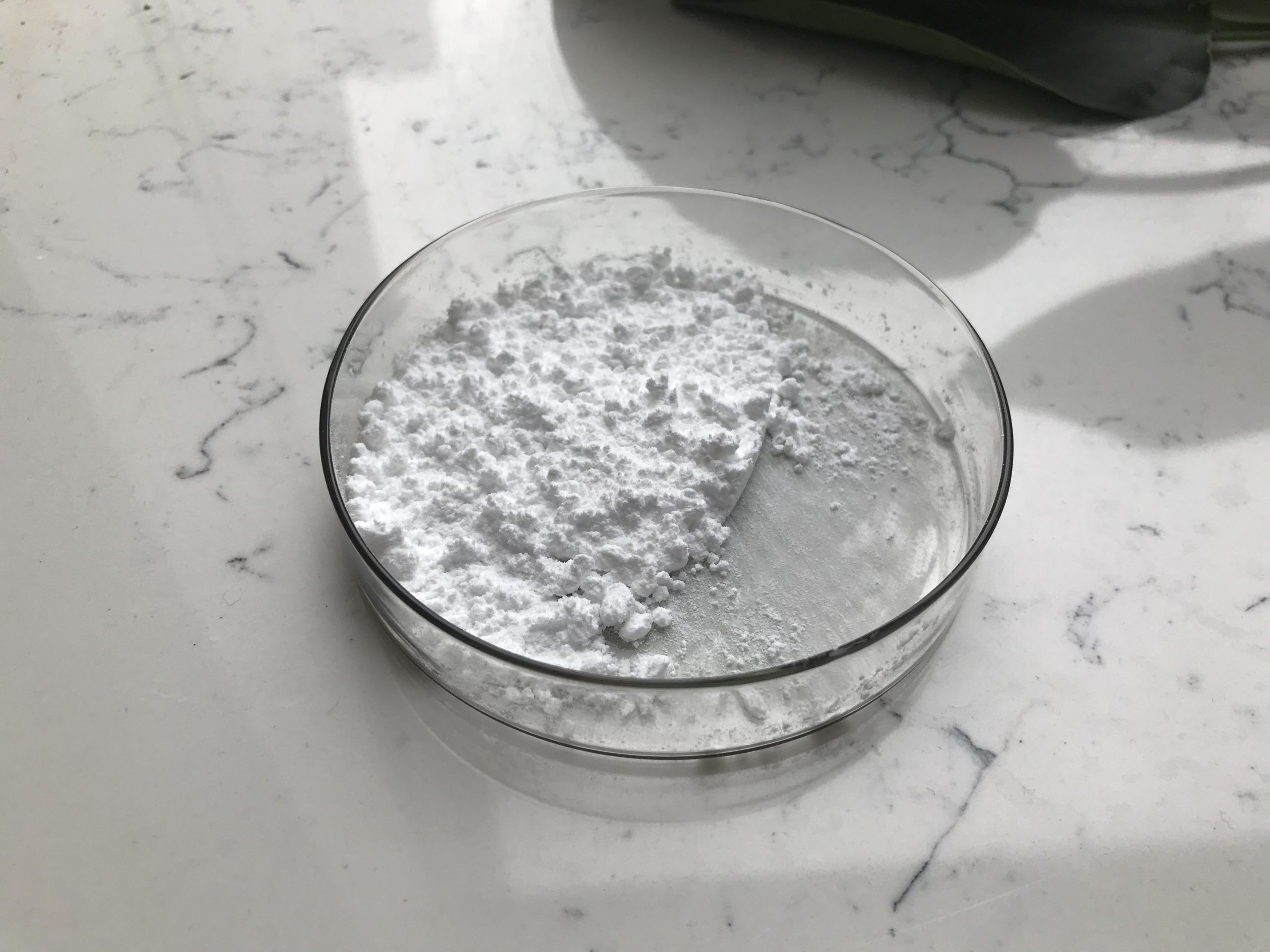An In-Depth Look at Sucralose
What is Sucralose?
Sucralose is a common food additive, present in a multitude of foods we consume daily. This white powdery substance is derived from sucrose and is known for its high resistance to heat, as well as its stable properties under various pH conditions. This makes sucralose highly suitable for diverse processing requirements. As a byproduct of sucrose, sucralose is widely incorporated into a host of food items.

The Sweetness of Sucralose
The sweetness factor of sucralose overshadows sucrose by a significant margin, being 600 times sweeter. Its sweetness is pure and enduring, with characteristics extremely similar to those of sucrose. However, sucralose has no calorific content and does not contribute to dental cavities. Additionally, it is effective in masking unpleasant flavors like bitterness, earning its recognition as a potent sweetener globally.
The Safety Profile of Sucralose
Before approving sucralose for market circulation in 1998, the U.S. Food and Drug Administration (FDA) referred to more than 110 sets of experimental data. There was no observed toxicity linked to the reproductive or nervous systems, nor any potential to induce cancer. This led the FDA to determine that sucralose is safe. Scientific experiments in China corroborated the safety of sucralose, leading to its approval for use in July 1999. With over two decades of use, no safety issues have been reported, attesting to the enduring safety of sucralose.
Sucralose in Everyday Foods
As per the stipulations in GB 2760, several common foods such as yogurt, jam, eight-treasure porridge, soy sauce, vinegar, candy, salad dressing, cola, and others are permitted to contain limited quantities of sucralose. Today, sucralose has already established itself as an ideal substitute for sucrose.
Manufacturing of Sucralose
Sucralose is produced through a multi-step chemical process that involves the selective chlorination of sucrose. This process substitutes three hydroxyl groups in sucrose with chlorine atoms, resulting in a sweetener that is about 600 times sweeter than regular sugar. This complex manufacturing process ensures the high quality and safety of sucralose.
Benefits of Sucralose
In addition to its intense sweetness, sucralose boasts a variety of benefits that make it a popular choice for food and beverage manufacturers. Unlike sugar, sucralose is not broken down by the body and thus provides no calories. This makes it an attractive option for individuals looking to reduce their caloric intake or manage their weight. Furthermore, oral bacteria do not metabolize sucralose, meaning it does not contribute to tooth decay.
Use of Sucralose in Special Dietary Needs
Sucralose is also beneficial for individuals with specific dietary needs. For example, since it does not affect blood glucose levels, sucralose is a safe and suitable sweetener for individuals with diabetes. Additionally, because sucralose is not a fermentable carbohydrate, it does not cause bloating or gas, making it a preferable choice for those with digestive sensitivities.
Conclusion
In summary, sucralose is a versatile and safe sugar substitute. It offers the sweetness of sugar without the associated calories or dental health risks. As a testament to its safety, it has been approved for use by regulatory authorities worldwide. Whether used in cooking, baking, or in manufactured food and beverage products, sucralose can play a significant role in a healthy, balanced diet.
